Marine interior lights provide general and task illumination of cabins and compartments. These light fixtures include dome lights, ceiling lights, downlights, wall lights, reading lights, undercabinet lights, rail lights, floodlights, and spotlights. The interior spaces of watercraft may incorporate different types of lighting to satisfy multiple illumination requirements. General lighting, also referred to as ambient lighting, fills spaces with a soft level of overall light to meet the necessary requirements for easy, hazard-free movement throughout a room and to allow other basic visual recognition. Task lights illuminate specific areas to provide targeted illumination for accomplishing tasks. In some applications, the ambient lighting also works as the primary source of task lighting.
LEDs are the universal choice of light source for marine interior lights. These semiconductor emitters convert electrical power to visible light through injection electroluminescence and photoluminescence within semiconductor packages. This technology allows them to operate more efficiently and last longer than conventional light sources. In addition, the solid-state nature of LEDs provides for greater resistance to shock and vibration. Reduced size and optical directionality enable more freedom in creating form factors suitable for use in ship compartments. LED cabin lights come in various forms that can optimally complement any design requirement. Operating directly on DC power eliminates the need for bulky and complex driver circuitry, which further reduces the luminaire volume. Even with surface mounted lighting, the low profile of LED ceiling lights provides enough clearance space for those walking or working underneath. LED cabin lights typically incorporate high efficacy mid-power LEDs which are assembled on an MCPCB with high solder joint reliability.
The LED module and driver circuit are housed in an enclosure made from stainless steel, aluminum, or thermally conductive polymer which provides corrosion resistance and efficient heat dissipation for the light engine. An impact resistant polycarbonate or acrylic lens protects the LEDs and, in most cases, provides optical regulation. The luminaires are typically sealed to high level ingress protection rating (e.g., IP67).

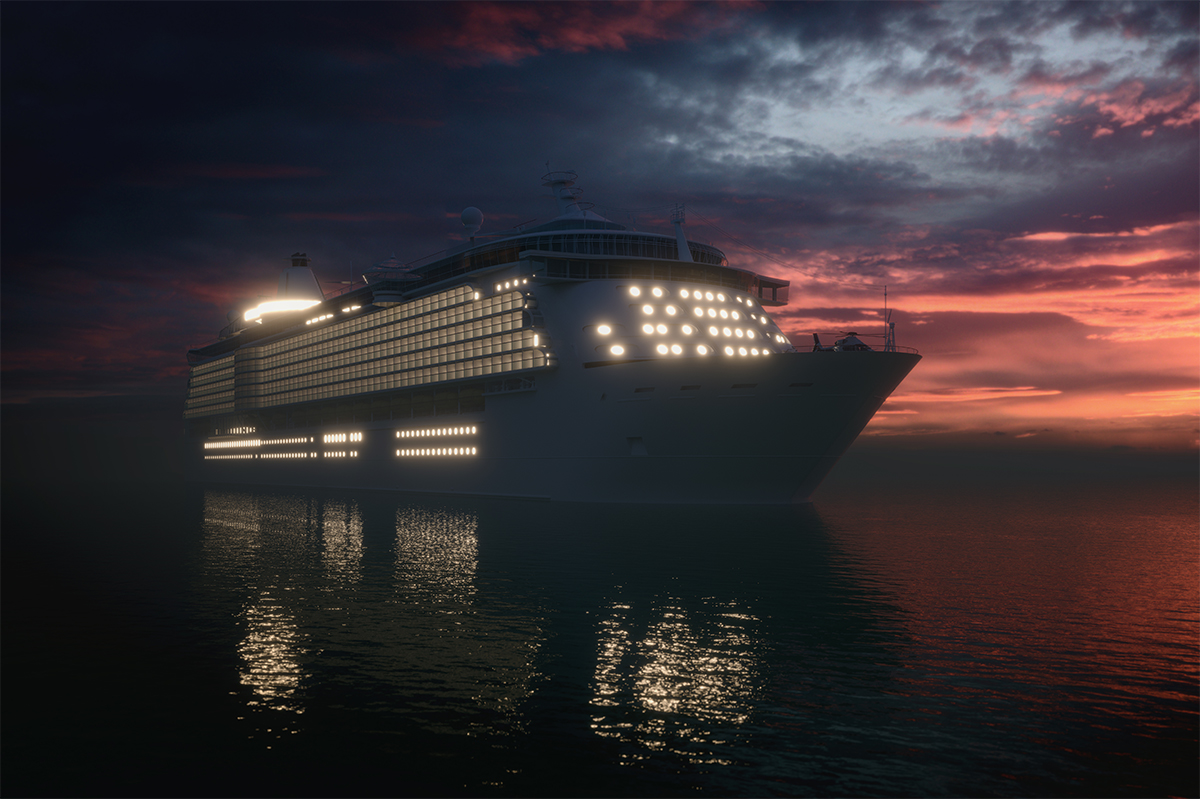
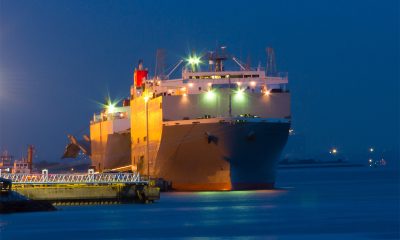
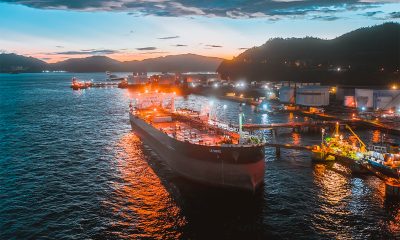
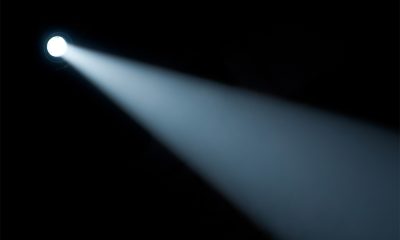

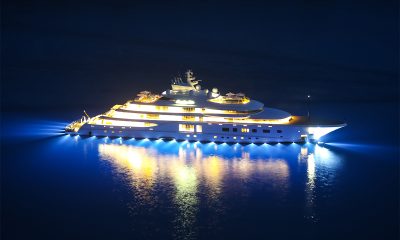
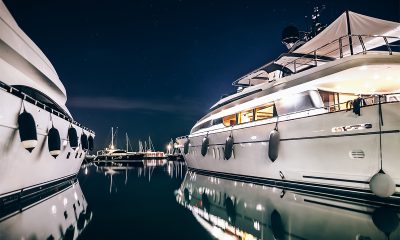
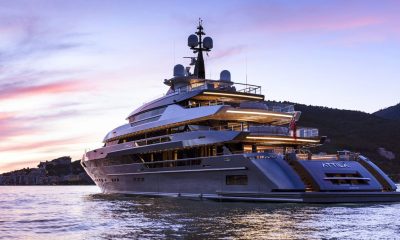
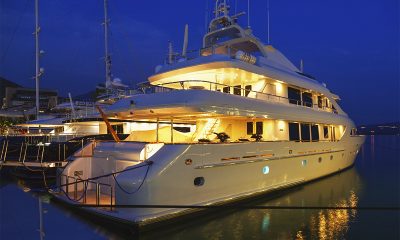





Loading...